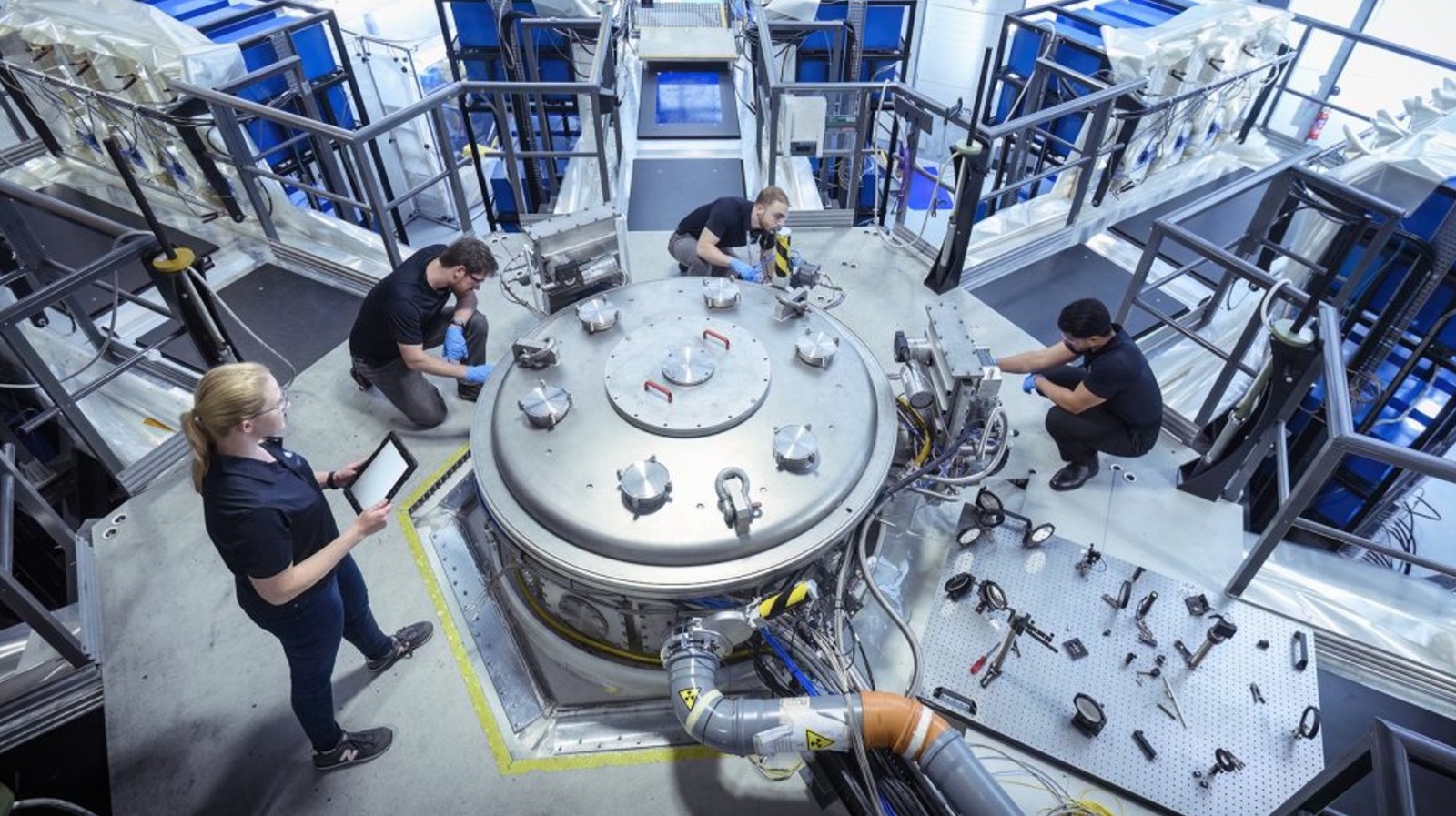Science
UK Firm Achieves Fusion Breakthrough for Near-Limitless Energy

A significant advancement in fusion energy was made by the UK-based company First Light Fusion, which has developed a method that could bring the dream of sustainable, near-limitless energy closer to reality. This breakthrough involves achieving “high gain” inertial fusion, a major milestone that could allow for the creation of the world’s first commercially viable fusion reactor.
Fusion power generates electricity from the heat released during nuclear fusion reactions, where two light atomic nuclei combine to form a heavier nucleus, releasing substantial energy in the process. Theoretically, a functional fusion reactor could provide a continuous and clean energy source, potentially eliminating reliance on fossil fuels and significantly reducing greenhouse gas emissions.
While no viable fusion reactors currently exist, the innovations in this field continue to progress. First Light Fusion’s new method, known as FLARE (Fusion via Low-power Assembly and Rapid Excitation), marks a turning point. Achieving a gain of 1,000, FLARE surpasses the previous record of four set by the U.S. Department of Energy’s National Ignition Facility in May 2025. This gain refers to the energy produced by a reaction exceeding that required to initiate it, a vital criterion for sustainable fusion.
The FLARE process effectively separates the compression and heating stages of fuel. By employing “fast ignition,” the fuel is compressed to create a surplus of energy. This innovative approach has not only made practical use of previously researched technology but has also provided a clear pathway toward establishing a fusion reactor capable of generating significant energy output.
According to First Light Fusion’s white paper, a single kilogram of fusion fuel has the energy equivalent of 10 million kilograms of coal. Ignition occurs when the fuel is heated to approximately 100 million kelvin (179,999,540 degrees Fahrenheit), a temperature that fosters a self-sustaining fusion reaction. Although reaching such extreme temperatures requires substantial energy input, the potential for high energy output could eventually compensate for this initial investment.
The implications of FLARE are monumental. If successful, it could lead to the establishment of multiple fusion reactors capable of supplying energy on a global scale. The advancements in fusion power research suggest that the possibility of self-sustaining fusion is no longer a distant dream, but rather a realizable goal that could transform the energy landscape.
While First Light Fusion’s breakthrough is a crucial step forward, experts caution that it is just one part of a complex journey toward functional fusion power plants. The technology still requires extensive research and development before it can replace traditional non-renewable energy sources. Nonetheless, the progress made thus far underscores a growing optimism in the field of fusion energy, highlighting a future where clean, sustainable energy could be within reach.
-

 Politics2 weeks ago
Politics2 weeks agoAfghan Refugee Detained by ICE After Asylum Hearing in New York
-

 Business2 weeks ago
Business2 weeks agoIconic Sand Dollar Social Club Listed for $3 Million in Folly Beach
-

 Health2 weeks ago
Health2 weeks agoPeptilogics Secures $78 Million to Combat Prosthetic Joint Infections
-

 Science2 weeks ago
Science2 weeks agoResearchers Achieve Fastest Genome Sequencing in Under Four Hours
-

 Health2 weeks ago
Health2 weeks agoResearcher Uncovers Zika Virus Pathway to Placenta Using Nanotubes
-

 Science2 weeks ago
Science2 weeks agoInterstellar Object 3I/ATLAS Emits Unique Metal Alloy, Says Scientist
-

 Lifestyle2 weeks ago
Lifestyle2 weeks agoJump for Good: San Clemente Pier Fundraiser Allows Legal Leaps
-

 World2 weeks ago
World2 weeks agoUS Passport Ranks Drop Out of Top 10 for First Time Ever
-

 Top Stories2 weeks ago
Top Stories2 weeks agoChicago Symphony Orchestra Dazzles with Berlioz Under Mäkelä
-

 Business2 weeks ago
Business2 weeks agoSan Jose High-Rise Faces Foreclosure Over $182.5 Million Loan
-

 Entertainment2 weeks ago
Entertainment2 weeks agoJennifer Lopez Addresses A-Rod Split in Candid Interview
-

 World2 weeks ago
World2 weeks agoRegional Pilots’ Salaries Surge to Six Figures in 2025









